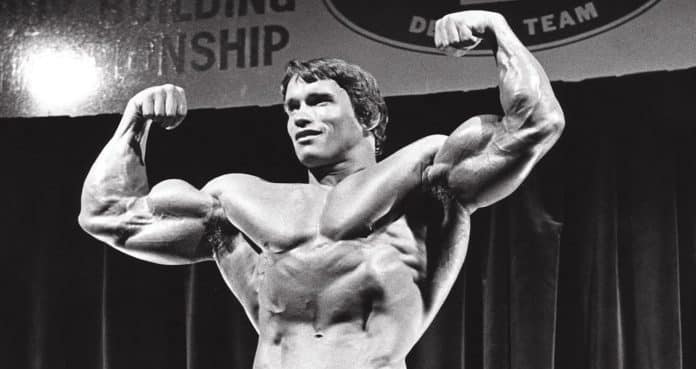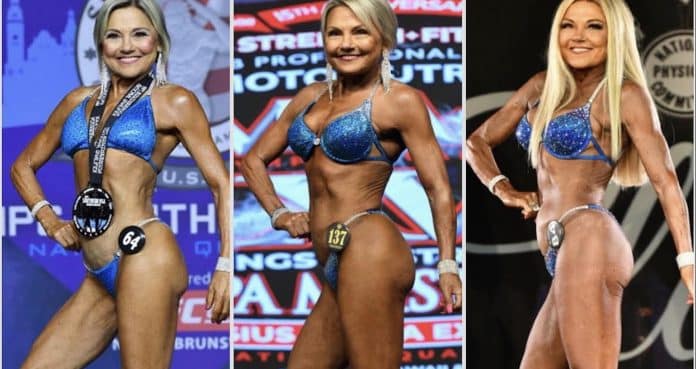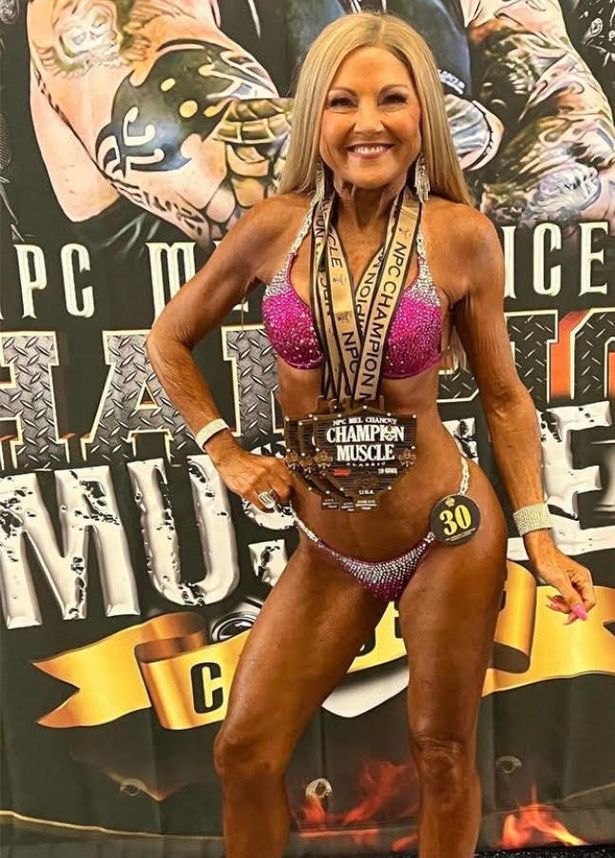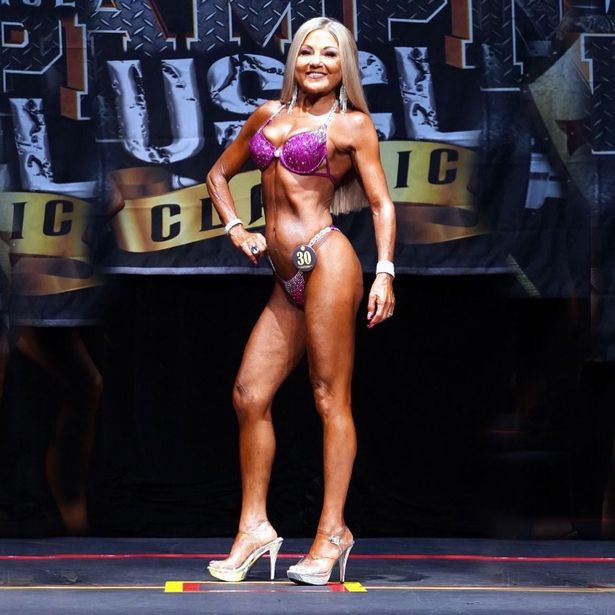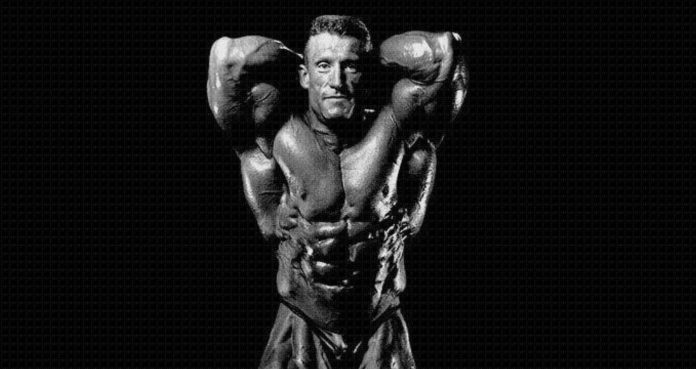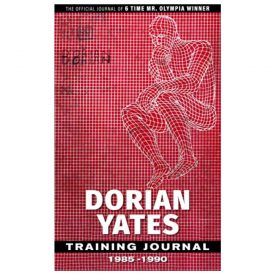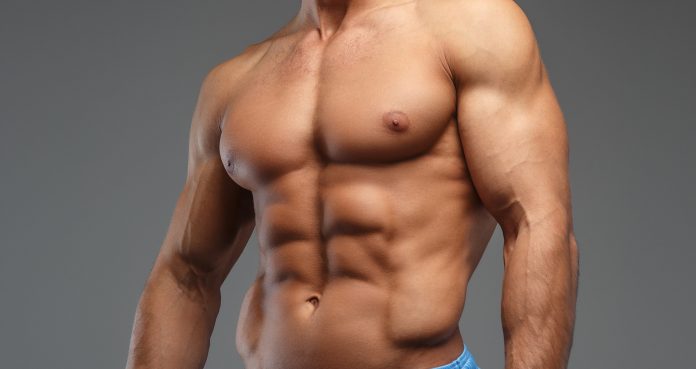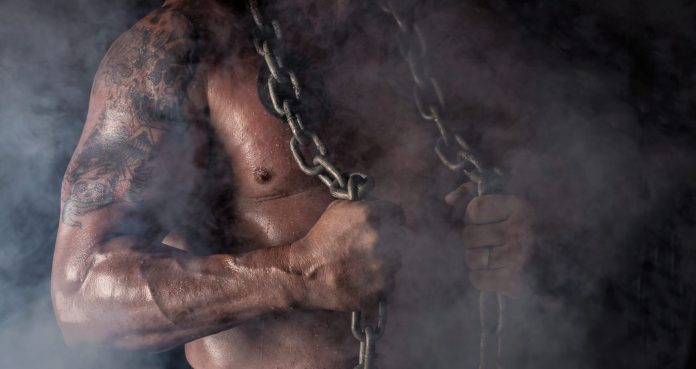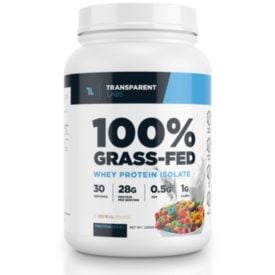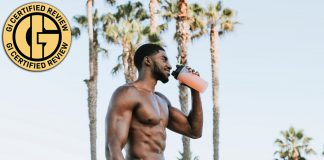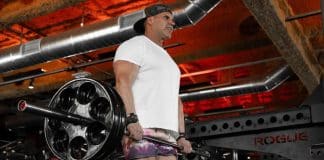Eggs have the ability to really beef up your bodybuilding gains for serious growth.
We all love those foods to eat at any time of day and eggs are exactly what we need. Perfect for a breakfast feast, mid-day addition to a sandwich, or a lazy breakfast for dinner set-up, eggs can be that anabolic effect to eat whenever you feel you need to. In this article, we will detail how eggs are a key source of protein to build muscle and achieve bodybuilding gains for bodybuilders.
Protein is vital for growth and as the building block of all muscle, having a protein source you can rely on is huge. Eggs are that source and since they can be eaten at any point in the day, the right approach to a good egg-oriented meal can be exactly what you want and need. We’ve all seen those movies where our favorite athletes and characters chug down a dozen raw eggs.
Let’s take a look at eggs and see just what makes this food such a vital source of protein. For years, bodybuilders have preached of the importance of eggs and it is no wonder why. Knowing what eggs can do for you can make or break your gains and offer you the best when it comes to a quality meal any time of the day.
Key Source Of Protein
As previously mentioned, eggs serve as a great source of protein and can be a game changer for your gains. A large egg can have about 6 grams of protein included, so if you have a 4-egg omelet, you already pump yourself with 24 grams of protein. For comparison, that is roughly about a scoop of protein powder. But the benefit to this source of protein is that it is whole food and can be mixed well with things like cheese, other meats, and veggies to make an already awesome meal.
Benefits Of Eggs
The benefits around eggs will make you want to include even more in your diet. The right approach to a well-structured meal plan can make or break your gains and give you the best chance at seeing success.
Benefits of eggs include:
- Highly nutritious: Eggs contain a host of nutrients that are great for not just training and recovery, but also your overall health.
- High-quality protein source: A top tier source of protein, this will work to keep you full, aid in weight loss and management, boost muscle growth, and enhance overall recovery.
- Good source of omega-3’s: These will give you the best chance at receiving all those vital benefits of omega-3’s to aid in health and wellness.
- Improve good cholesterol levels: Can help increase HDL levels to assist with better cholesterol.
- Contains choline: Choline is an important nutrient to help with cell functioning as well as a host of other important bodily functions.
- Versatile food: Eggs can be cooked and eaten by themselves or with other foods making these convenient and versatile for whatever your needs may be.
Eggs & Bodybuilding
For you as a bodybuilder, you need the best in terms of nutrients. Your foods should reflect how you want to feel and having the best balance of macronutrients, on top of all the other important nutrients, you can better prepare yourself for only the best gains. Eggs can do just that and for bodybuilders, they are an easy way to ensure gains without breaking the bank and causing too much headache to prepare.
Bodybuilding can get expensive, with only the highest quality foods in your fridge and top tier products on your supplements shelf. With a cheaper and more versatile food like eggs, it makes sense why they are a staple in any bodybuilders diet, no matter how successful.
A premier source of protein will ensure you see that growth you want most and can give you the best in terms of recovery and weight management so you look at shredded as possible come competition time. Eggs hold a certain power of athletes and given their ability to aid in all things training, performance, and health related, there’s really no question as to why.
Best Ways To Eat Eggs
Everybody has their own way of making and eating eggs, but the nice part about them is you can eat them alone or mix with whatever you want. Scrambled, sunny-side, hard-boiled, the options are endless. But for those bodybuilders looking for a nice lunch-time meal, an egg sandwich post-workout won’t steer you wrong. By adding other foods to your meal, you can ensure you stay full while getting the best benefits possible for your bodybuilding gains.
Other Key Protein Supplements
Along with eggs, making sure you have enough protein in your body is absolutely key in giving you the best gains possible. Protein powders are a great way to ensure you get adequate amounts of protein post-workout to offer the best for muscle growth, recovery, and weight loss and management. For that key overnight repair, looking into casein proteins can greatly affect what kind of gains you see. And for those on a busy schedule, meal replacements can be a nice alternative to your on the go needs.
Wrap Up
Eggs have the ability to work wonders for your gains and can provide for a host of benefits to aid in your training, performance, and results, as well as your overall health and wellness. The right approach to a well-structure nutrition plan can include these in any meal as these are a great source of protein for all your needs.
While there are plenty of other great sources of protein out there, eggs are versatile and convenient and can be a game changer for all your gains. For those bodybuilders out there, don’t neglect what eggs can do and really work to give yourself the best chance at success.
Let us know what you think in the comments below. Also, be sure to follow Generation Iron on Facebook, Twitter, and Instagram.
*Images courtesy of Envato
References
- Harvard T.H. Chan School of Public Health. “Protein”. (source)
- Shakoor, H.; et al. (2020). “Development of omega-3 rich eggs through dietary flaxseed and bio-evaluation in metabolic syndrome”. (source)
- Kuang, H.; et al. (2018). “The Impact of Egg Nutrient Composition and Its Consumption on Cholesterol Homeostasis”. (source)


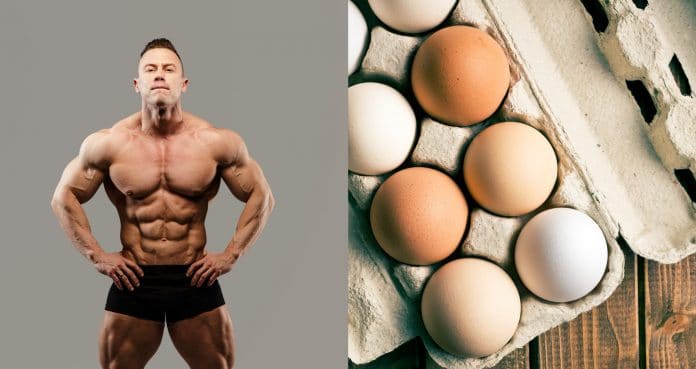



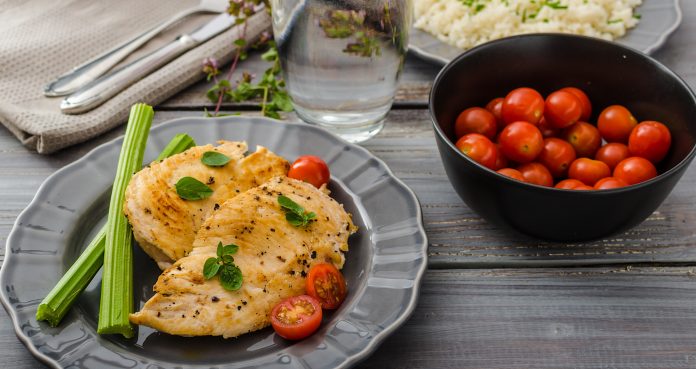

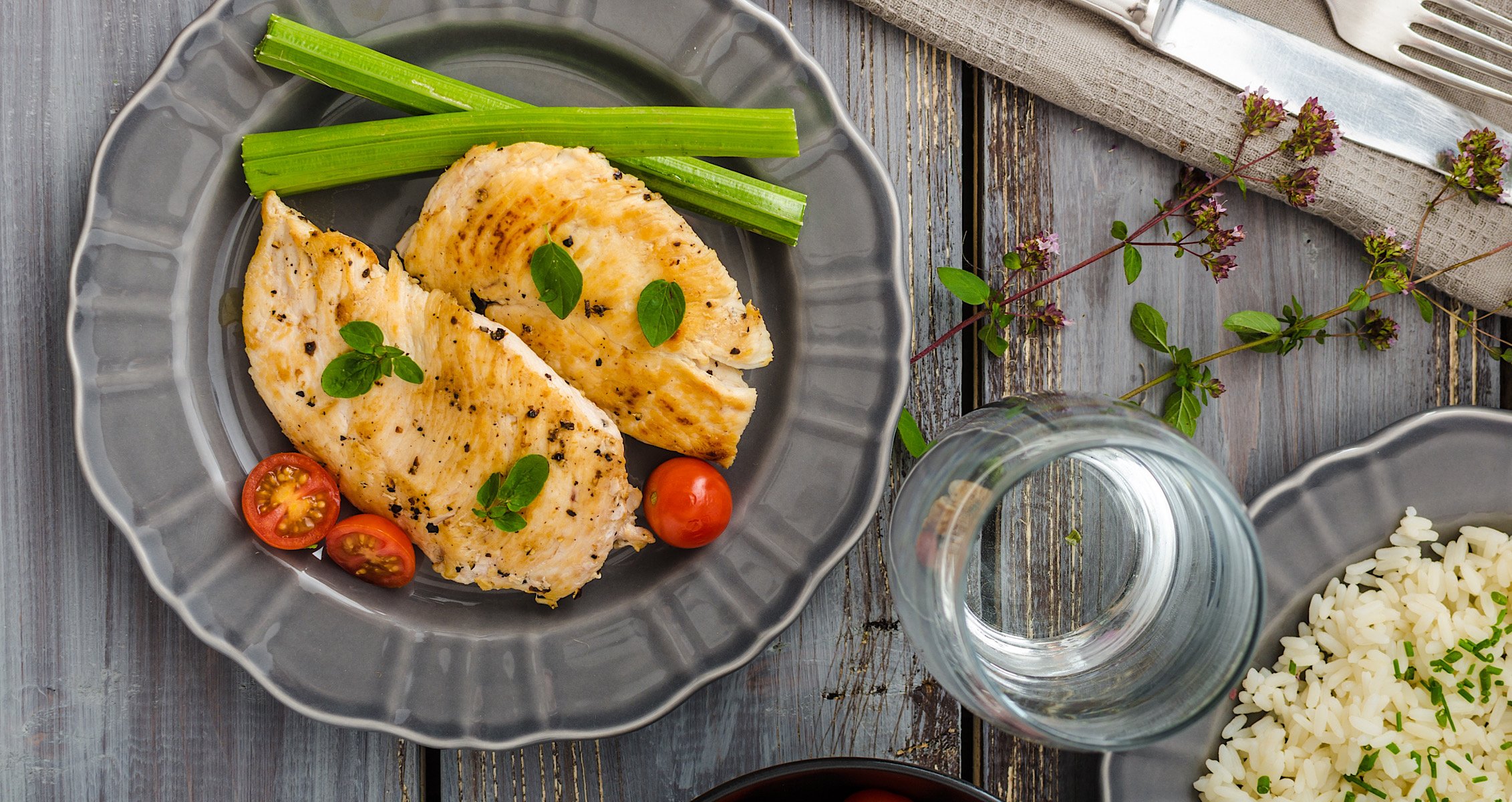
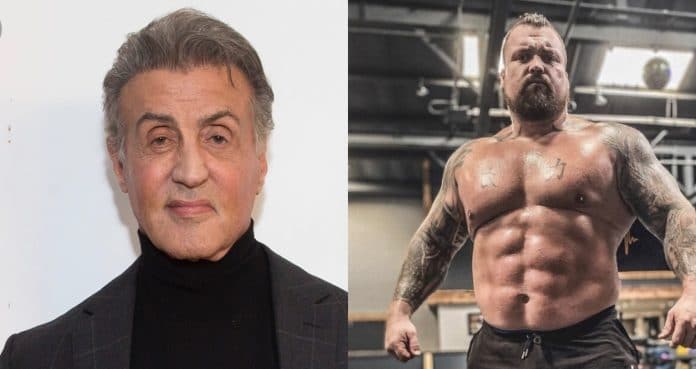

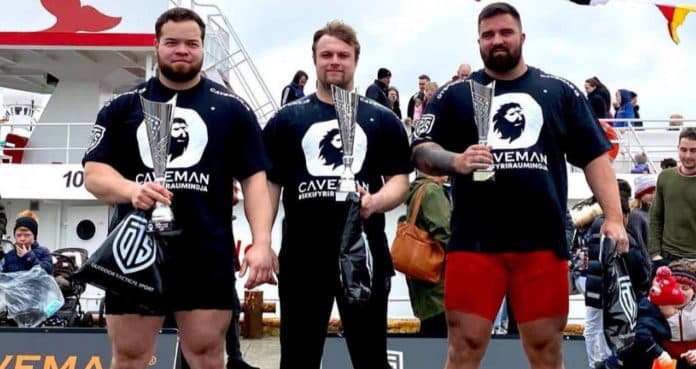
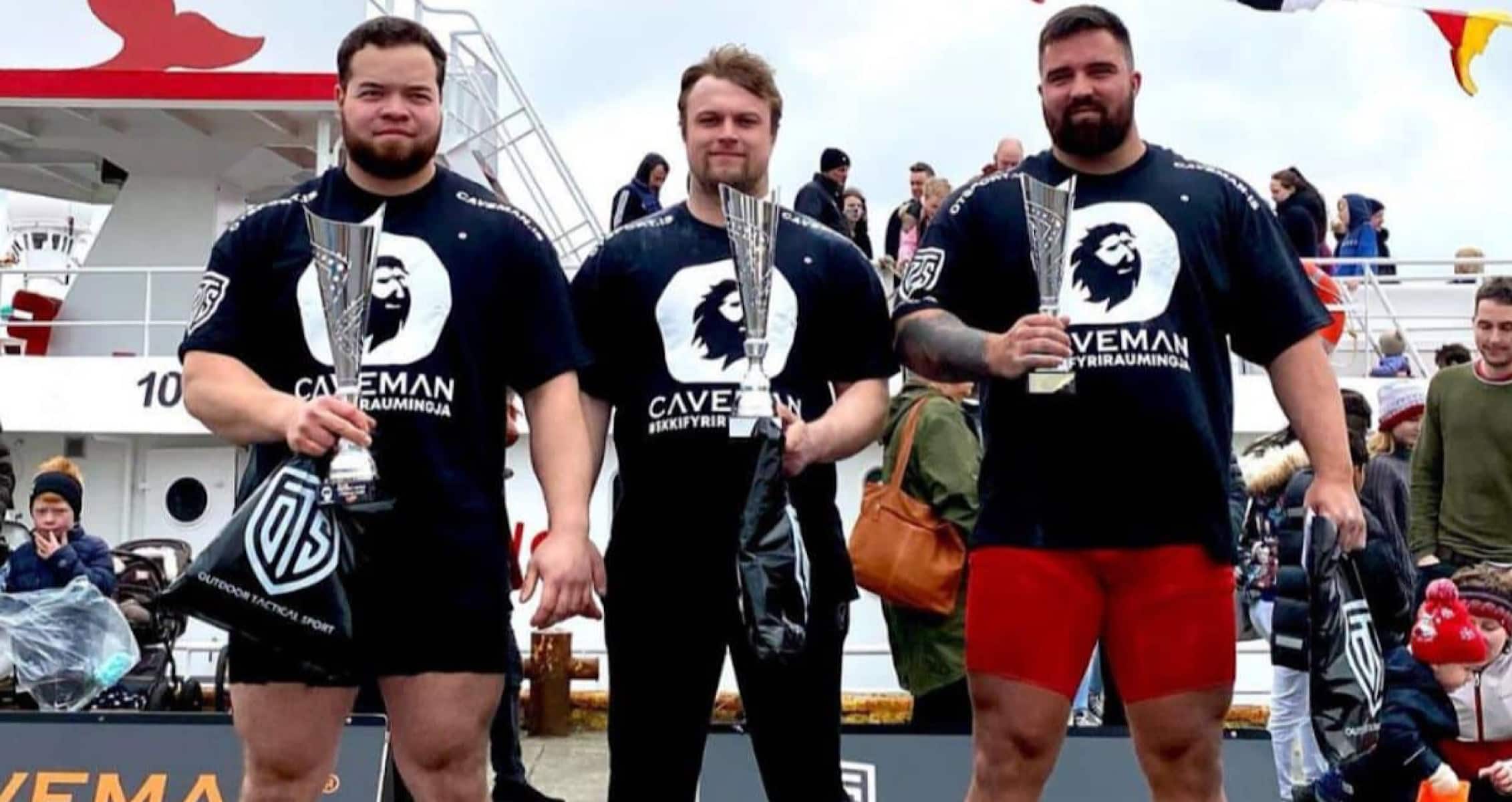 2023 Strongest Man in Iceland Results
2023 Strongest Man in Iceland Results